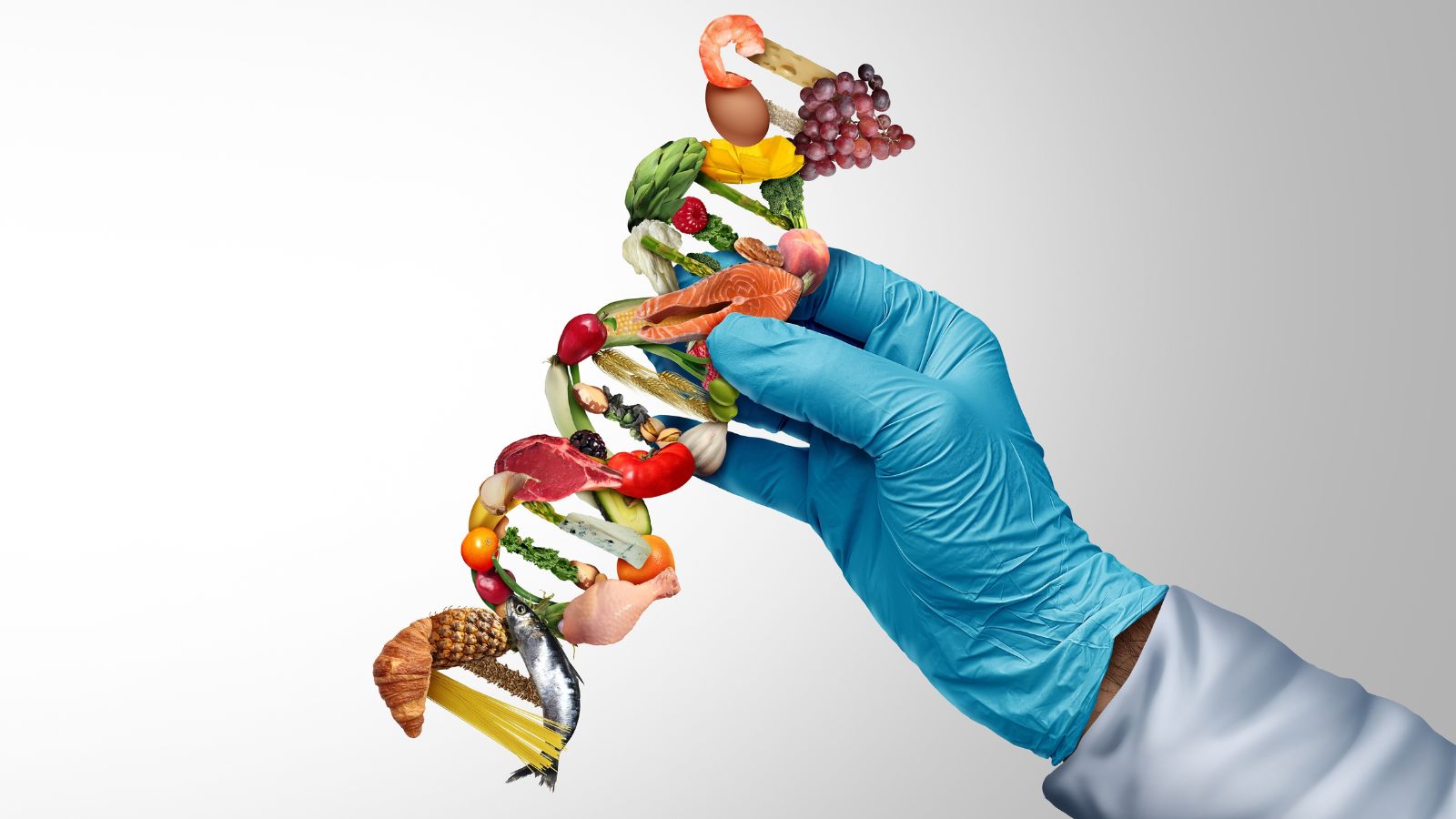Environmental policies are reshaping how we live, shop, and interact with the world around us. Governments and organizations are implementing these measures to curb climate change, reduce pollution, and protect natural resources.
While these policies aim to benefit the planet, they also profoundly impact consumers—both expected and surprising—. Here are 18 ways these changes are influencing everyday life.
Rise in Product Prices

Environmental regulations force manufacturers to go the extra mile in conserving the environment. This often requires using renewable energy sources, which increases the cost of manufacturing. If companies fail to comply with the regulations, higher penalties are imposed. Therefore, industries raise their products’ prices to make up for the high manufacturing cost, straining household budgets.
Growth of the Second-hand Market

Considering environmental sustainability, governments and organizations now encourage the circular economy, which has made people more open to pre-owned items. Secondhand products are more affordable and help conserve natural resources by preventing the need for new materials to be produced from already depleted resources. For these reasons, platforms like eBay, Postmark, and Facebook Markets are thriving, especially for furniture and electronics markets.
Phasing Out Single-Use Plastics

There are too many adverse effects of plastic on the environment to count. Realizing this, the world has introduced policies banning single-use plastics, forcing consumers to adopt sustainable alternatives. However, the initial cost of these alternatives, including cloth shopping bags, is comparably higher. Then there are also people forgetting to carry reusable bags, making these alternatives a notable adjustment for many.
Electric Vehicles on the Rise

Gasoline engines significantly contribute to greenhouse gases that harm the environment. To counter this, governments have launched subsidies, tax breaks, and mandates to make electric vehicles (EVs) the consumer’s first choice. However, the higher upfront costs of EVs and the huge expense of installing a home charging station puts off many potential EV customers.
Increased Focus on Energy Efficiency
 Policymakers promote energy-efficient appliances because they help conserve the environment. However, due to the demand, the initial costs of these products have increased in recent years. These products are more sustainable and save significant sums from utility bills over time. This makes these appliances an ideal choice for consumers and is also why they are prepared to pay higher costs.
Policymakers promote energy-efficient appliances because they help conserve the environment. However, due to the demand, the initial costs of these products have increased in recent years. These products are more sustainable and save significant sums from utility bills over time. This makes these appliances an ideal choice for consumers and is also why they are prepared to pay higher costs.
Evolving Food Choices

Livestock farming significantly contributes to greenhouse emissions, so regulations are being introduced to enforce plant-based alternatives. Grocery stores and restaurants now widely offer plant-based burgers and dairy-free milk in greater quantities. However, these alternatives are pricier, discouraging many from shifting to them.
Shortages of Imported Goods

Goods with higher carbon footprints face increased carbon taxes and stricter import regulations, decreasing their quantity each day. Some governments don’t even allow the import of edible goods, fearing they can be the cause of viruses and diseases.
Moreover, out-of-season produce, exotic ingredients, or inexpensive, fast fashion items are also becoming harder to find because of stricter policies.
Rethinking Travel Habits

Airplane fuel also harms the environment, so fuel taxes and carbon offset charges have been increased. This makes air travel comparatively expensive, making people explore alternatives like high-speed trains or electric buses. Additionally, eco-conscious travelers are shifting their focus towards “slow travel” experiences to play their part in environmental sustainability.
Increased Transparency in Labeling

Stricter regulations on labeling have been passed to ensure that companies and manufacturers are honest and transparent. This has enabled consumers to make informed decisions by considering a product’s carbon footprint, water usage, and recyclability. While labels are helpful, they can also overwhelm consumers who now have to decide based on price, quality, and environmental sustainability.
Higher Demand for Local Products

They import products from various countries, resulting in a larger carbon footprint. That’s why environmental policies favor the use of locally produced goods. Because of these policies, farmers’ markets, local breweries, and small-scale manufacturers are seeing an uptick in their businesses. However, consumers might have to pay more for local produce due to smaller-scale production.
The Push for Green Banking

Financial institutions provide green loans for purchasing solar panels or energy-efficient homes to help individuals adopt green technology. Additionally, numerous investment projects focusing on sustainability are being introduced. This way, consumers can use their money for the betterment of the environment. However, thorough research is needed for consumers to know the pros and cons of these financial products.
Smart Home Technology Adoption

Smart home technologies such as thermostats, energy monitors, and connected appliances are popular. Thanks to energy-efficient options, people save hundreds of dollars on utility bills. Government incentives and policies also encourage individuals to make this change. However, challenges like privacy concerns and unfamiliarity with technology prevent many from switching.
Reduced Packaging Options

The reliance on single-use plastics has been damaging the environment in unimaginable ways. This has prompted policymakers to enforce biodegradable, minimalist, or eliminate packaging altogether. Consumers must bring their shopping bags or navigate packaging-free grocery aisles for bulk purchases.
Increased Access to Public Transit

The increased number of cars means more gasoline is used, severely impacting the environment. Governments and organizations are investing in green public transport systems like electric buses and expanded train networks to tackle this. Moreover, subsidized fares and free public transport days in cities encourage many to prioritize public transport. However, difficulties related to access persist in areas with underdeveloped transit infrastructure.
Greater Scrutiny on Fast Fashion

Textile waste laws and recycling mandates are getting tougher, considering the harm they’ve been causing to the environment. This puts more significant pressure on environmental sustainability on fast fashion brands, making them accountable for their actions. Moreover, consumers are increasingly aware of these impacts, giving rise to renting, swapping, and other similar clothing alternatives.
The Rise of Carbon Offset Programs

Carbon offset programs allow consumers to assess their carbon footprint and then contribute to neutralizing the environmental impact of their purchases. Many companies now offer these programs at checkout, offering peace of mind to eco-conscious people. Ongoing debates exist about whether these programs shift responsibility onto consumers without tackling systemic issues. Additionally, some individuals may hesitate to participate because these programs require a purchase.
Changing Home Heating Options

The traditional methods of heating homes during winter harm the environment in various ways. Using fossil fuels and wood burning contributes to greenhouse gas emissions and deforestation. That’s why many policies are being introduced to encourage the adoption of electric heat pumps, solar panels, and geothermal systems. These upgrades are costly, but the governments offer incentives and rebates as a remedy so that reliance on traditional methods can be reduced.
Shifting Attitudes Toward Waste

Changes in mandates regarding recycling and composting influence how people dispose of their waste. Fines are imposed on residents who fail to separate recyclable or organic waste, nudging people to invest in multiple waste bins and learn new sorting techniques. Moreover, the trend of a zero-waste lifestyle is also on the rise, encouraging people to reduce consumption altogether.
Conclusion

Environmental conservation is a major challenge today, prompting policymakers to introduce various laws and regulations. These mandates impact consumers’ everyday lives and come fraught with challenges. However, innovation, long-term cost savings, and a more sustainable future are what these policies have to offer. Intriguing.
25 Countries Predicted to Become Economic Superpowers in the Next 20 Years

The strength of an economy plays a crucial role in various international policies about trade and relations. Certain factors determine the strength of an economy, including population growth, availability of resources, and development and advancement. Here are 25 countries predicted to become economic superpowers in the next 20 years
25 Countries Predicted to Become Economic Superpowers in the Next 20 Years
